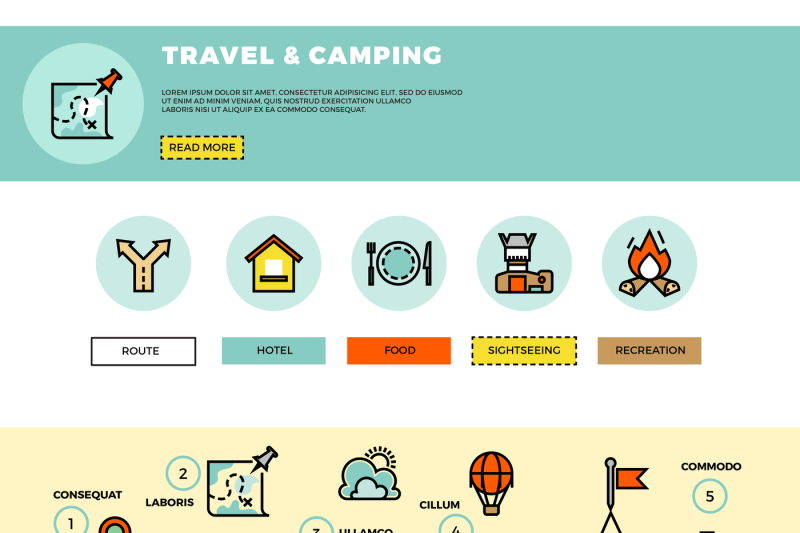Wintertime camping is a fun and daring experience, but it calls for proper equipment to ensure you remain warm. You'll require a close-fitting base layer to trap your temperature, together with a shielding jacket and a water-proof covering.
You'll additionally require snow risks (or deadman supports) buried in the snow. These can be connected using Bob's smart knot or a regular taut-line hitch.
Pitch Your Outdoor tents
Winter months outdoor camping can be an enjoyable and adventurous experience. Nevertheless, it is essential to have the proper gear and recognize just how to pitch your camping tent in snow. This will avoid cold injuries like frostbite and hypothermia. It is additionally vital to consume well and stay hydrated.
When setting up camp, make sure to select a website that is sheltered from the wind and free of avalanche threat. It is likewise a good concept to load down the area around your tent, as this will certainly help in reducing sinking from body heat.
Before you established your outdoor tents, dig pits with the exact same size as each of the support factors (groundsheet rings and man lines) in the center of the outdoor tents. Fill up these pits with sand, stones or perhaps things sacks full of snow to compact and safeguard the ground. You may also intend to think about a dead-man anchor, which entails connecting tent lines to sticks of timber that are hidden in the snow.
Pack Down the Location Around Your Camping tent
Although not a need in a lot of areas, snow stakes (additionally called deadman anchors) are an excellent enhancement to your camping tent pitching kit when outdoor camping in deep or compressed snow. They are primarily sticks that are created to be buried in the snow, where they will certainly freeze and develop a strong anchor factor. For best outcomes, use a clover drawback knot on the top of first aid kit the stick and bury it in a couple of inches of snow or sand.
Set Up Your Tent
If you're camping in snow, it is a great idea to make use of a tent made for wintertime backpacking. 3-season tents function fine if you are making camp below tree zone and not expecting particularly harsh climate, but 4-season outdoors tents have sturdier posts and fabrics and supply more defense from wind and heavy snowfall.
Make sure to bring adequate insulation for your resting bag and a warm, dry blow up mat to sleep on. Blow up mats are much warmer than foam and assistance prevent chilly places in your camping tent. You can additionally add an added mat for sitting or food preparation.
It's also a great idea to set up your outdoor tents close to an all-natural wind block, such as a group of trees. This will certainly make your camp much more comfy. If you can not discover a windbreak, you can develop your own by digging openings and burying items, such as rocks, outdoor tents stakes, or "dead man" anchors (old outdoor tents guy lines) with a shovel.
Restrain Your Outdoor tents
Snow stakes aren't needed if you make use of the best methods to secure your tent. Buried sticks (possibly collected on your method walk) and ski posts work well, as does some version of a "deadman" hidden in the snow. (The concept is to create a support that is so solid you will not be able to pull it up, despite a great deal of initiative.) Some producers make specialized dead-man anchors, yet I favor the simplicity of a taut-line hitch connected to a stick and afterwards buried in the snow.
Know the surface around your camp, specifically if there is avalanche danger. A branch that falls on your tent might harm it or, at worst, wound you. Also be wary of pitching your camping tent on an incline, which can catch wind and bring about collapse. A sheltered area with a low ridge or hill is far better than a high gully.
